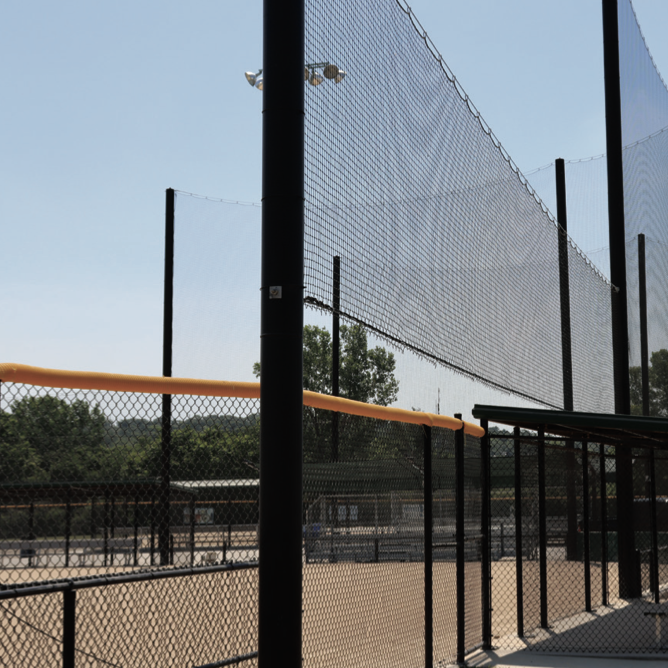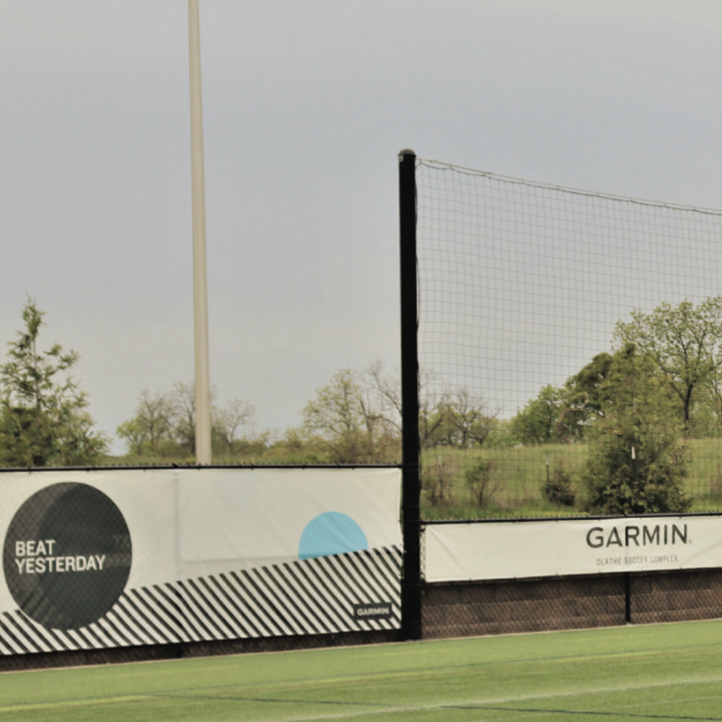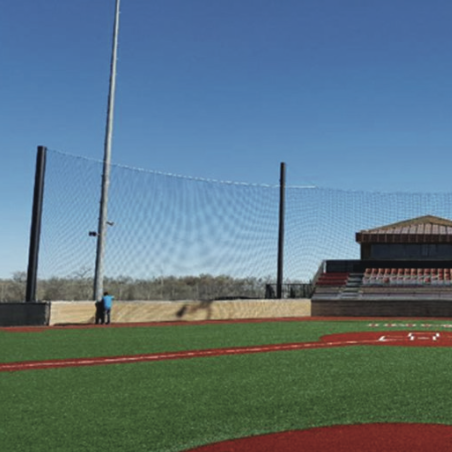By Ron Dubas, President
Since the early 1900s, America has had a love affair with the game of baseball (and softball). Based on a recent study conducted by the Sports & Fitness Industry Association (SFIA), the health of the sport, commonly referred to as “America’s pastime,” remains strong. A few key findings of the study show; 1) 25.6 million youth and amateurs participated in baseball and softball in 2019. This represents a five year growth trend of 21%. 2) It is the #1 participant team sport in America. 3) It is the #1 sport in the $19 billion a year youth sports industry. America’s infatuation with the sport has even crept into our legal system as evident by a tort law named The Baseball Rule. This rule holds that baseball teams, sponsoring organizations, and facility owners cannot be held liable for injuries suffered by a spectator or property damage caused by a batted ball leaving the field of play under most conditions. “Under most conditions” covers those that have met the standard of “reasonable care” to offer protection in areas where balls leaving the field of play are most likely to cause injury or property damage. Annually thousands of spectators are seriously injured, and even killed by being struck with a baseball leaving the field of play. In 2019 alone over 800 injuries occurred at MLB ballparks due to baseballs leaving the field of play. Many factors contribute to spectator injury and the need for protection. First factor is the speed a baseball travels upon meeting the bat. With average batted ball speed ranging from 50+mph for youth all the way to 90+mph for professionals, those speeds can prove dangerous even for a nimble attentive fan to react safely.
Another factor contributing to spectator safety is distracted fans. Attending a baseball game does not make one immune to the everyday distractions of our busy lives. Distractions such as phone calls, tending to the needs of a small child, taking a bite of a concessions hot dog, or action on adjacent fields can provide that split-second grab of a spectator’s attention to make them vulnerable to being struck by a batted ball.
Facility managers and Parks & Recreation Departments across the country wrestle with the balancing act of capitalizing on the increased participation in baseball and softball, and keeping players and spectators safe. This already delicate balancing act is made even tougher with challenges of decreased budgets, labor issues, and COVID regulations. Regardless if an organization has the means to make minimal or comprehensive facility changes to improve player and spectator safety, there are a range of solutions to improve their status quo. Where to start with keeping spectators safe at sports facility? Improving spectator safety boils down to strategically placing barriers to protect spectators and property from the hard leather bound projectiles traveling at a high rate of speed. A good starting place for any facility evaluating player, spectator, and property safety includes answering where and how.
Evaluating the “where” starts with identifying vulnerable spectator and property locations by taking into account distance from the home plate area for reaction time and evaluating any risk from adjacent fields of play (multi-field complexes). Common areas to consider placing barrier protection include bleachers, dugouts, walkways, warm- up areas, playgrounds, 1st & 3rd extended baselines, beyond the outfield fence, and concession stands.
As for the “how,” the most common materials used to erect backstops and safety barriers are chain link fence and sports netting. A combination of both materials is often found at the best complexes as they each have a fit for safety and enhancing fan and player experience. Chain link fencing can be used in any barrier application at ballfields however the best fit applications are as follows: exterior facility border, dugout enclosures, outfield fencing, and gates. Netting systems have proven to be the most versatile for spectator and player safety barriers.
Why netting?
Height - Chain link fencing is limited in the height it can be erected but net backstops and barrier netting systems can be erected to virtually any height necessary to keep the ball in play.
Viewing - With thin black strands of netting and fewer poles required to erect a netting system, spectators have an enhanced viewing experience. Poles for netting systems can be set back out of the spectator area as part of a tie back system to provide complete unobstructed line of sight viewing.
Cost - Upfront cost of a netting system is comparable to chain link systems but the lifetime cost of a netting system that is properly designed and installed proves cost advantageous. Upon completion of the installation of the system, the cost for maintaining the system is minimal. Future expenses are limited to patching or replacing netting as compared to a chain link system that eventually will need complete replacement.
Aesthetics - Most spectators and players are quick to name a short list of fields that provide a good experience. When it comes to choosing where to play, experience and perception matters. The visually impressive sight of a towering backstop that offers minimal spectator line of sight obstructions creates a safe professional atmosphere and enhances both the player and spectator experience.
No one wants to see a loved one injured while enjoying America’s pastime. The experts at Unlimited Sports Solutions are available to assist facilities of any size in keeping the ball in play, and players and spectators safe. Play ball!


